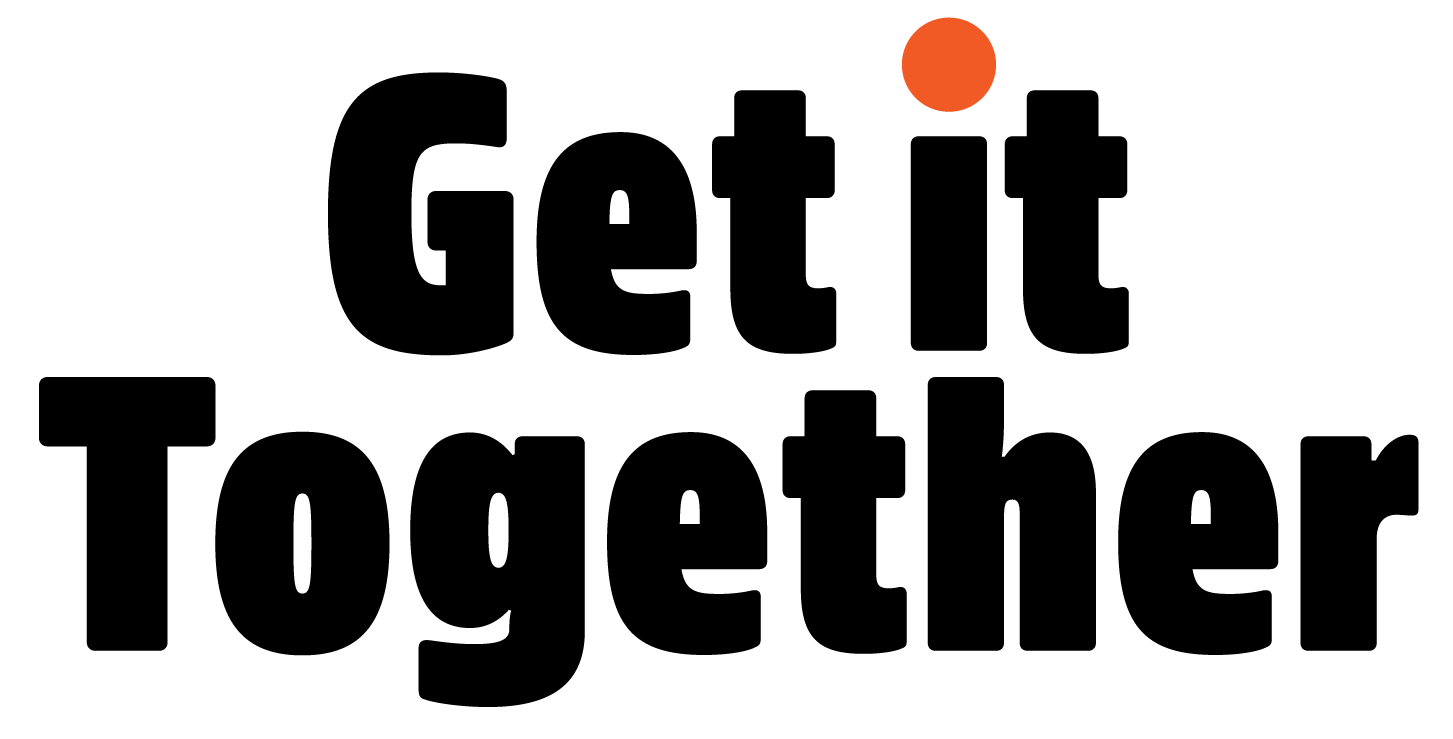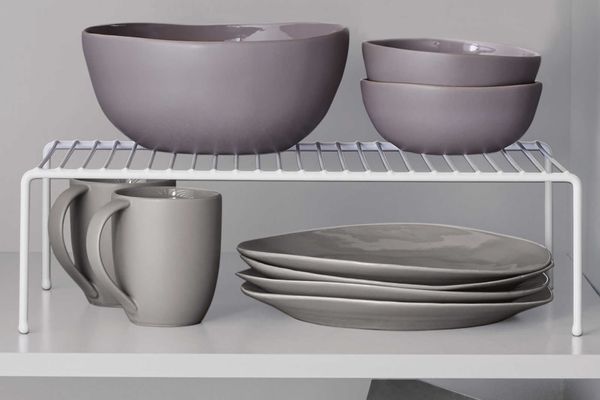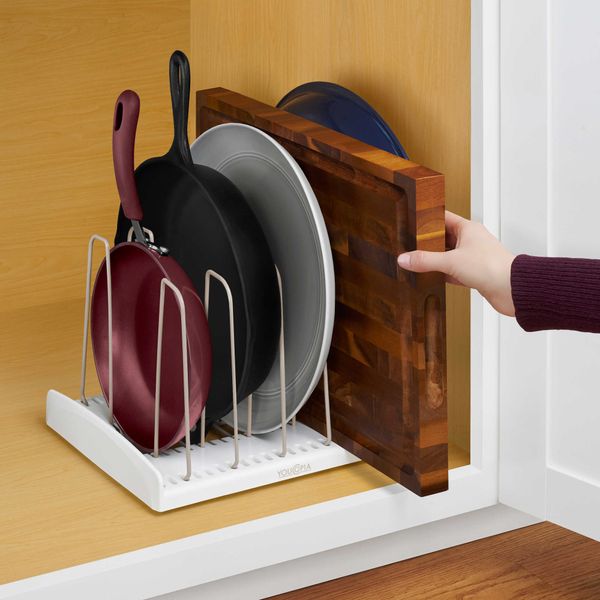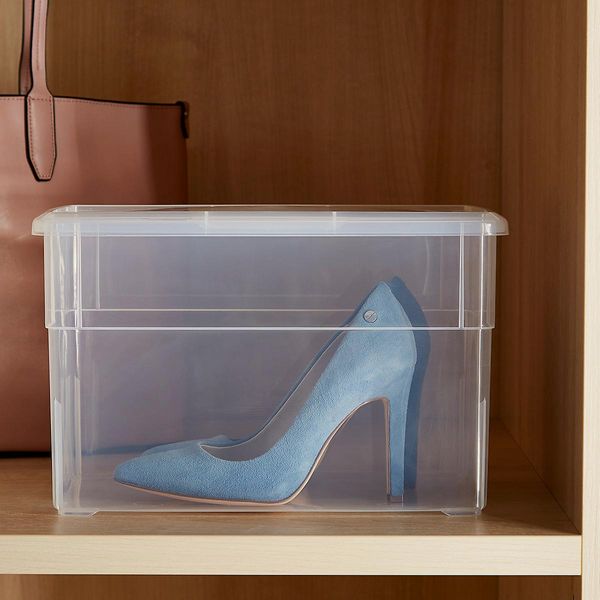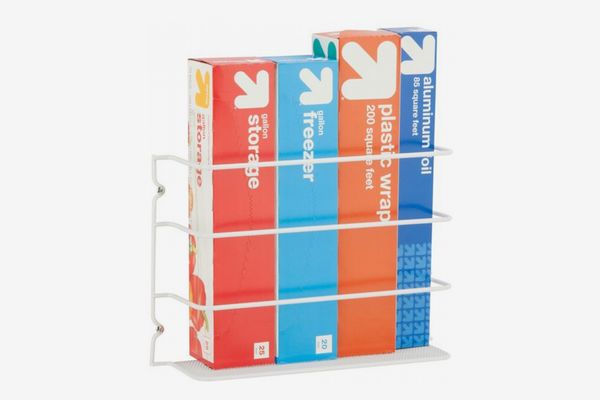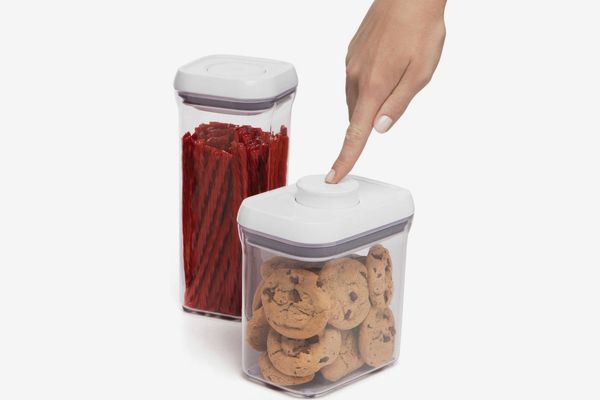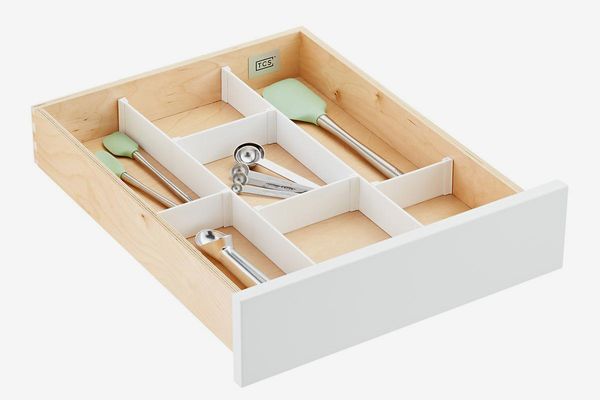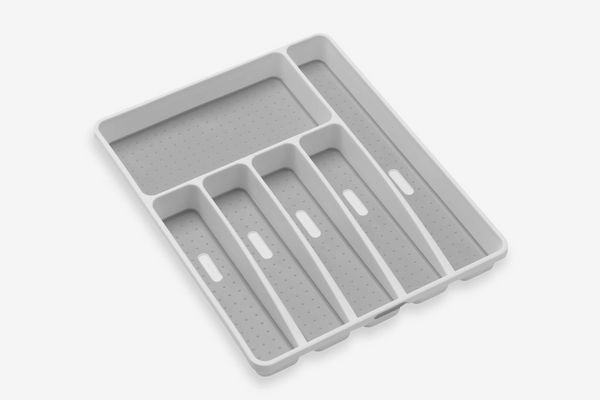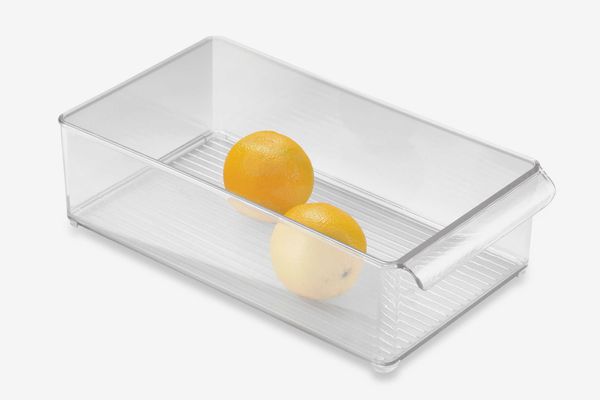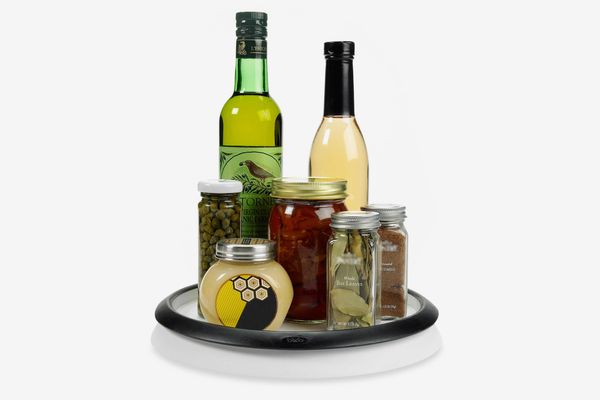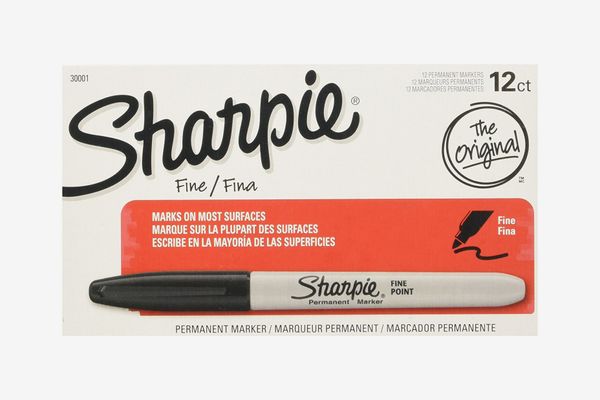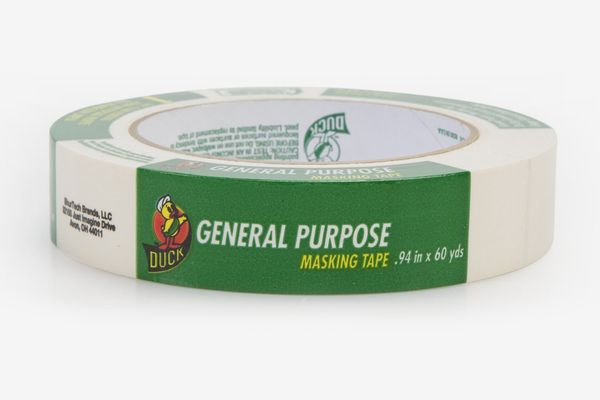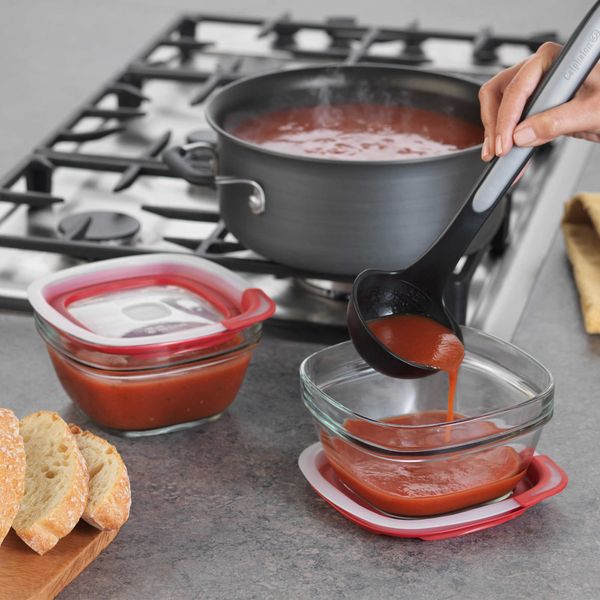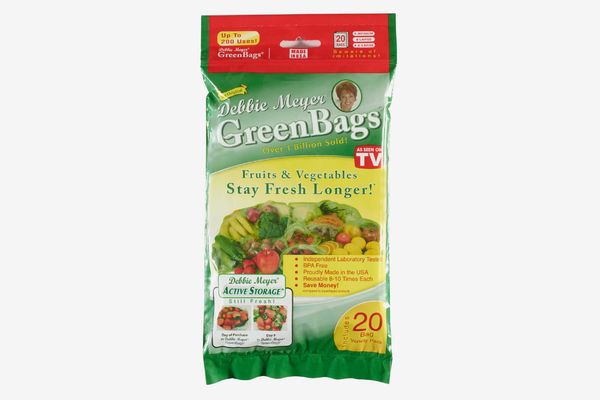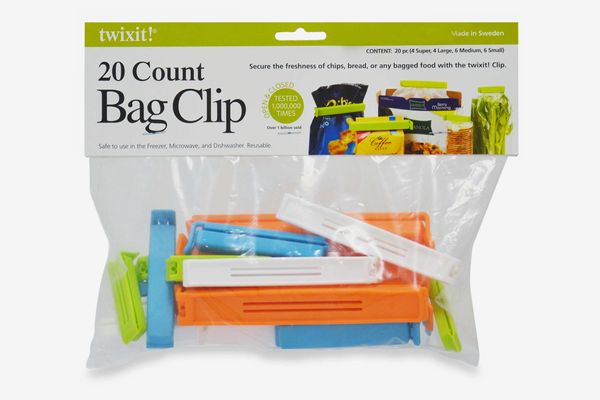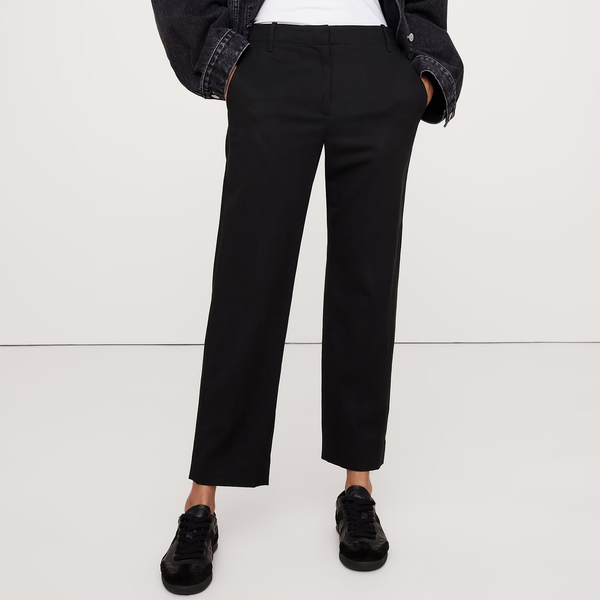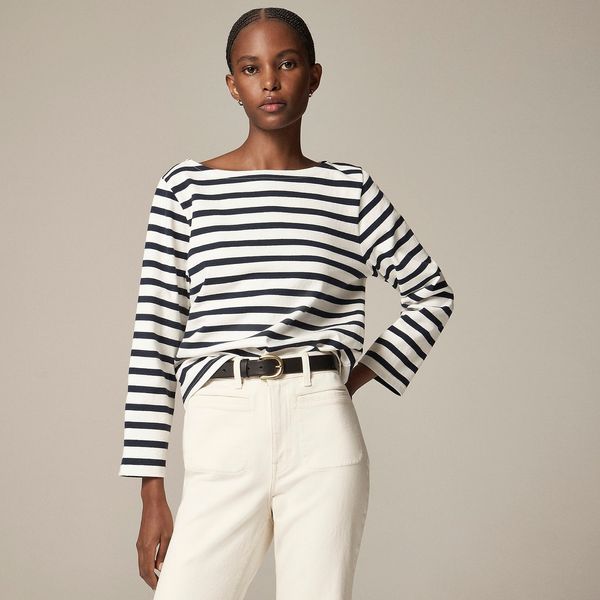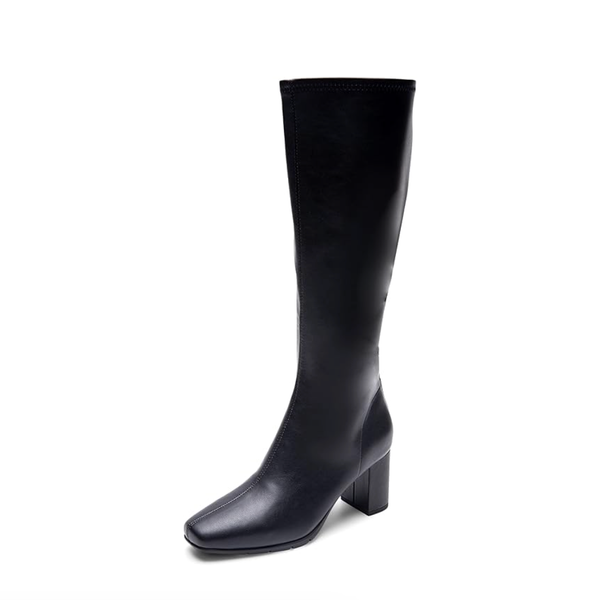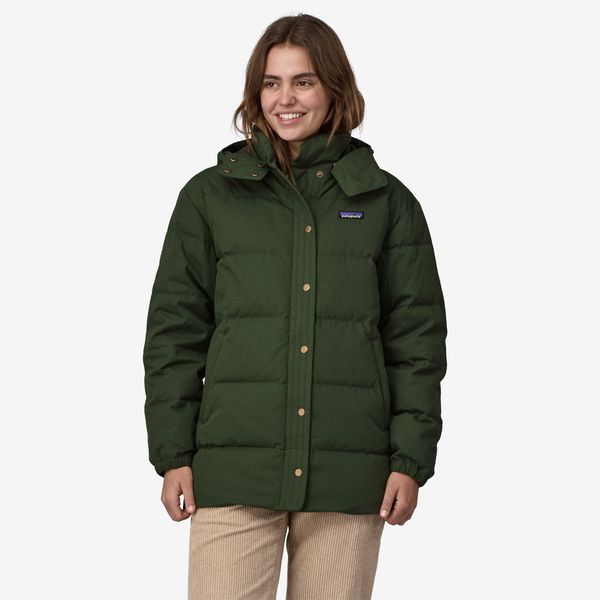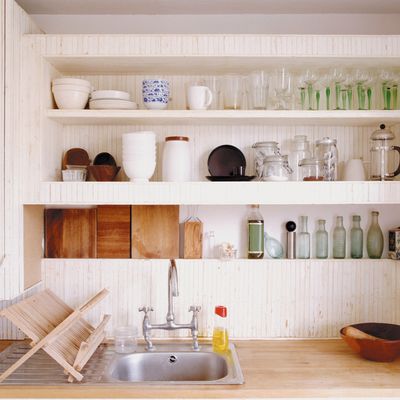
It’s nearly spring, which means it’s nearly the season of cleaning and organization. There’s something particularly alarming about emerging from the winter doldrums to find that your home is a dusty, cluttered mess. To help you (and us) with sprucing up and restoring order, we’re talking to professionals and experts this week all about the best tricks and tools.
Organizing your kitchen can be intimidating, especially if you feel like you’re maxed out on all available kitchen storage but still have more pots and pans and bowls that you need to fit into your cabinets and onto your shelves. The good news is that with a little planning and a few good cabinet organizers, you too can have a functional, organized kitchen without going full Marie Kondo and throwing most of your stuff out. And to help you come up with some foolproof pantry and kitchen organization ideas, I asked two professional organizers to share the kitchen and pantry organizers they use to create picture-perfect pantries and space-saving kitchens for their clients (and in their own homes).
“I call them helper shelves — or mini-shelves or stacker shelves. It’s almost like a table, and it lets you double the space in your cabinet because you can put plates or bowls underneath it or on top of it. It’s also really good if you can’t adjust your shelves in your cabinet or if there’s just a lot of extra vertical space. With this helper shelf, you separate different sizes of plates or bowls or types of dishes, and when you need to grab one, you don’t have to move others. I like the coated metal ones because they’re a little more protective, and they don’t slide around.” —Lisa Zaslow, Gotham Organizers
“Rather than stacking frying pans and baking sheets, flip them on their side and store them vertically, like files. So that way, you can pull one out without having to move a whole stack, and there are pot and pan organizers that hold them vertically, so they don’t all topple and slide around. That’s a great way to make your stuff more accessible and also maximize your space. But for big pots, like a stockpot, most often, people have to stack them. If you do have to stack things, put the ones that you use more often on the top.” —Zaslow
“I have a baking bin with a lot of stuff in it, and it’s appliances, things related to baking that I love, but I don’t keep it in my working kitchen. So I have plastic bins with lockdown lids that I have in the bottom of my front hall closet [filled with] baking stuff that’s just odd, like the weird popover pan — because when you want it, you want it, but it’s funny and it takes up a lot of space. [If you don’t have a spare closet,] you know how sometimes in New York, there’s space above the cabinets? Especially in rental apartments. It gets dirty and gross up there if you cook in your kitchen, but if you use bins with lockdown lids, the bin gets kind of gnarly, but what’s in it is clean. There’s one Container Store brand that we use a lot, they’re inexpensive and they work really well, so we use those a lot in kitchens. ” —Ann Lightfoot, Done & Done Home
“One of my fave kitchen space-saving organizers are wrap racks, which utilize the wasted space on the inside of a lower cabinet door to store wraps — like plastic wrap, aluminum foil — and plastic bags, freeing up drawer space. You can also use them for cutting boards or under the sink for cleaning products.” —Zaslow
“We do lots of pantries for people because they’re on Instagram or Pinterest, and they go, ‘I want the million-dollar look.’ But we always say to them that we don’t want to leave you and have you be aggravated, because life is hard enough. So one of the things we always say to people is if it’s something you know how to use — let’s say flour — put it in the clear bins. You could put Doritos in the clear bins, that’s sort of fun. The containers we always use for those are the OXO ones that have the pushdown button, so I think it probably does stay fresher than flour in a paper bag, and in that way, it works. But anything that’s in a box with an expiration date or directions, don’t put that in a separate container. You can put them into bins by groups, you can have all your rices together, instead.” —Lightfoot
“The first thing is to give each drawer kind of a function, so you have a sense of what is in which drawer, because that will also reduce the time you spend hunting for something. Every kitchen is different, but usually, there’s some drawer relatively close to the stove, and I like to use that for gadgets that are used at the stove. (It sounds obvious, but you’d be amazed.) So when you’re standing at the stove, you can open the drawer and grab a spatula, a wooden spoon, a slotted spoon. Most of those things are usually long with a handle, so to be honest, if those are just neatly arranged in a drawer, you often don’t need any kind of organizer. But one thing that I do love in organizing a drawer, because it takes up almost no space, are these customized drawer dividers that you cut with an X-Acto knife. You can cut them to the exact size that you want, and then they’ve got slots that stick on to the edge of the drawer, and you just slide them in.” —Zaslow
“For utensils — knives, forks, spoons — I usually just buy a standard organizer. That’s one of the few organizing products throughout the home that is actually made really well. Nobody has trouble finding their forks for that reason. Personally, I like the molded-plastic type of organizers because they’re easy to clean, and they can contain crumbs. If you have mesh ones, the crumbs can fall through it. And in the kitchen, I like things that are easy to clean.” —Zaslow
“One thing that I really like is these clear bins; they’re made by InterDesign and they’re called Binz. And they have ones specifically for the fridge, which are called Fridge Binz. The thing that’s great about them is that fridge shelves are really deep, so stuff does tend to get pushed to the back. With these bins, it makes the shelf into a drawer, so you can put a whole bunch of small things into the bin and then pull the whole thing out. So if you have tons of condiment jars that don’t fit on the shelves on the door, those are great to contain them. Or if you’ve got things like anchovy paste in a tube, that’s just going to fall down and get lost from the door, those are great in a bin.” —Zaslow
“Depending on how the fridge is laid out, a lazy Susan can make a huge difference. It, of course, doesn’t use the corners, but because it turns, it means you’re not getting the black holes in the back where things are lost. And then you’re not wasting money on things that spoil.” —Lightfoot
“The other thing I will say is great for organizing your fridge is just a Sharpie and a roll of masking tape, so that you label things, like when you put something in the fridge, when you opened the jar of salsa — because who remembers?” —Zaslow
“Clear is great because you can see what’s inside. For those I actually like glass because that’s easier to clean than plastic, and things like tomato sauce are not going to stain glass. Rubbermaid makes some nice ones where the containers nest, and the tops stick together. The bottom is glass, but the top is a rubbery plastic. They’re airtight, square. Square is always better; it’s more of a space-saving shape than a circle. I think it’s really good also to have one shelf, usually the top shelf, where you put your leftovers, so you see them and remember to use them.” —Zaslow
“What I prefer for produce savers, because they save more space, are these Debbie Meyer GreenBags. They really work. You just use that and a chip clip. They’re great for carrots, lettuce, celery, any kind of produce. It really does make them last longer. The thing about these, as you eat your lettuce, it takes up less and less space, which is what I love about plastic bags, in general. They don’t look cute on Instagram, but they really work.” —Zaslow
“I’m obsessed with these clips; they’re called Twixit. They’re Swedish, and they come in all different sizes. They have big ones you can use right on a bag of chips. You just use them over and over again; they can go in the freezer. I buy a lot of frozen berries and fruit; those things come in plastic bags, so I just use these to keep them closed. They’re also great for those inner plastic bags inside of boxes of crackers or cereal.” —Zaslow
The Strategist is designed to surface the most useful, expert recommendations for things to buy across the vast e-commerce landscape. Some of our latest conquests include the best women’s jeans, rolling luggage, pillows for side sleepers, ultra-flattering pants, and bath towels. We update links when possible, but note that deals can expire and all prices are subject to change.
Every editorial product is independently selected. If you buy something through our links, New York may earn an affiliate commission.

